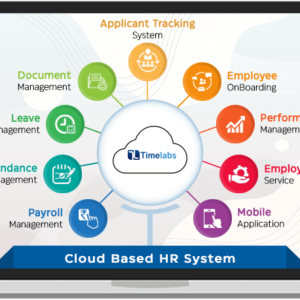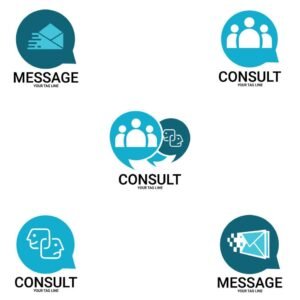Description
Goods and Services Tax (GST) accounting software is designed to help businesses manage their financial transactions, compliance, and reporting in accordance with GST regulations. The features of GST accounting software may vary among different platforms, but here are some common features that are typically found in such software:
1.)GST Compliant Invoicing:
Generation of GST-compliant invoices with all required details.
Inclusion of GSTIN (Goods and Services Tax Identification Number) on invoices.
2.)Automated Tax Calculations:
Automatic calculation of GST on transactions based on tax slabs (CGST, SGST, IGST).
Handling of reverse charge mechanisms when applicable.
Inventory Management:
Tracking of goods and services for accurate reporting.
Automatic adjustment of stock levels based on sales and purchases.
3.)GST Returns Filing:
Generation and filing of GST returns such as GSTR-1, GSTR-3B, etc.
Reconciliation of sales and purchase data with GST returns.
4.)Integration with Financial Modules:
Integration with accounting modules for seamless financial management.
Tracking of expenses, income, and other financial transactions.
5.)Customer and Vendor Management:
Maintenance of customer and vendor databases.
Recording of GSTIN for both customers and vendors.
6.)Multi-State and Multi-Branch Support:
Support for businesses operating in multiple states or with multiple branches.
Compliance with inter-state transaction regulations.
7.)Real-Time Reporting:
Generation of real-time reports for financial analysis.
Dashboard for quick insights into the business’s financial health.
8.)Automatic Updates:
Regular updates to the software to ensure compliance with changing GST regulations.
Automatic updates for tax rates and other relevant information.
9.)Data Security and Backup:
Implementation of security measures to protect sensitive financial data.
Regular backups to prevent data loss.
10.)User-Friendly Interface:
Intuitive and user-friendly interface to facilitate ease of use.
Training and support resources for users.
11.)Audit Trail:
Maintenance of an audit trail for all financial transactions.
Traceability of changes made to records.
12.)Bank Reconciliation:
Integration with bank accounts for accurate reconciliation.
Matching of financial transactions with bank statements.
13.)Mobile Accessibility:
Accessibility through mobile devices for on-the-go management.
Mobile apps for key functionalities.




